Different strokes: seminal survey of Jackson Pollock's work opens in Dallas

Catching one Jackson Pollock in the flesh is already something, so imagine the opportunity to see an entire exhibition of the artist’s black paintings. Such a chance is now ripe for the taking thanks to the Dallas Museum of Art and its groundbreaking exhibition Blind Spots, the largest survey of Pollock’s black paintings that has ever been assembled. Featuring many works that have not been exhibited for over 50 years, including several that were considered lost, the exhibition hones in on a crucial period of Pollock’s career in a way not seen before.
Comprised of over 70 paintings, sculptures, drawings and prints, the exhibition is curated by Dallas Museum of Arts senior contemporary art curator Gavin Delahunty, and is jointly organized with Tate Liverpool, where he previously served as Head of Exhibitions and Displays. Tate Liverpool ran a smaller version of the show in June, but Dallas Museum of Art’s presents its full vision.
'While several of Jackson Pollock’s contemporaries combined black and white, his black paintings were exceptional in their absolute merging of color and surface, which went over and above what Pollock himself had previously achieved,’ says Delahunty. ‘This is a crucial difference for many contemporary artists revisiting Pollock’s work today. The exhibition offers the opportunity to address ‘blind spots’ in the current understanding of the artist’s practice, offering a new perspective on his lasting contributions to post-war and contemporary art.’
From Pollock’s classic drip paintings made between 1947 to 1950, to a series of black enamel paintings that he created from 1951 and 1953, and around 30 works on paper that Pollock made during the same time using watercolour, enamel and ink, the exhibition presents a multi-dimmensional portrait of Pollock that aims to surprise. To this end, five of the six sculptures that Pollock ever made are also included.
'As one of the first American museums to acquire Pollock’s work, it only is fitting that the Dallas Museum of Art should present this definitive exhibition of the black paintings, engaging a new generation of audiences with this important and under-examined aspect of the artist’s practice,' Delahunty sums up.

Featuring many works that have not been exhibited for over 50 years, including several that were considered lost, the exhibition hones in on a crucial period of Pollock’s career in a way not seen before
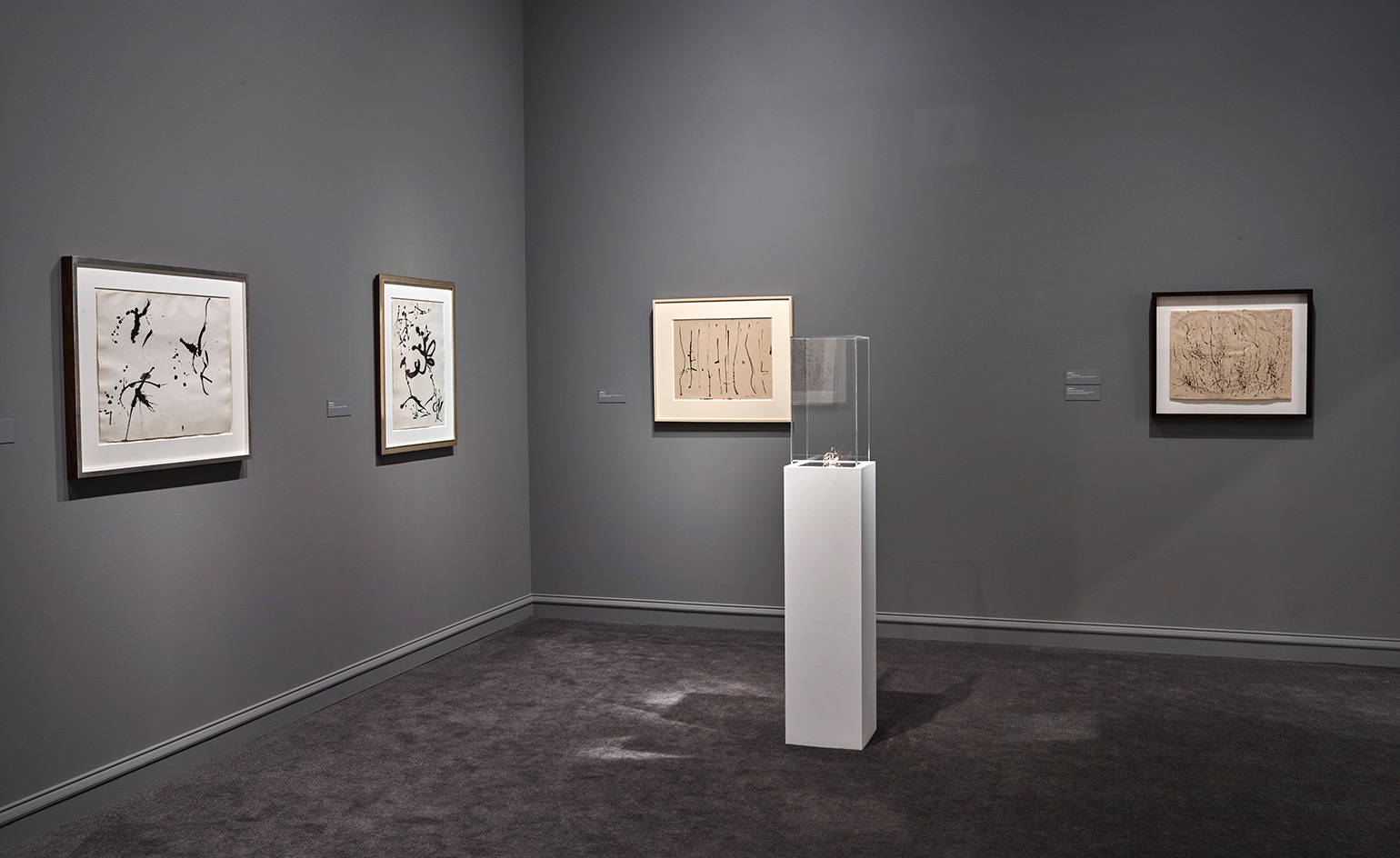
Comprised of over 70 paintings, sculptures, drawings and prints, the exhibition brings together Pollock's classic drip paintings, a series of black enamel paintings that he created from 1951 and 1953, and around 30 works on paper that Pollock made during the same time using watercolour, enamel and ink, amongst others
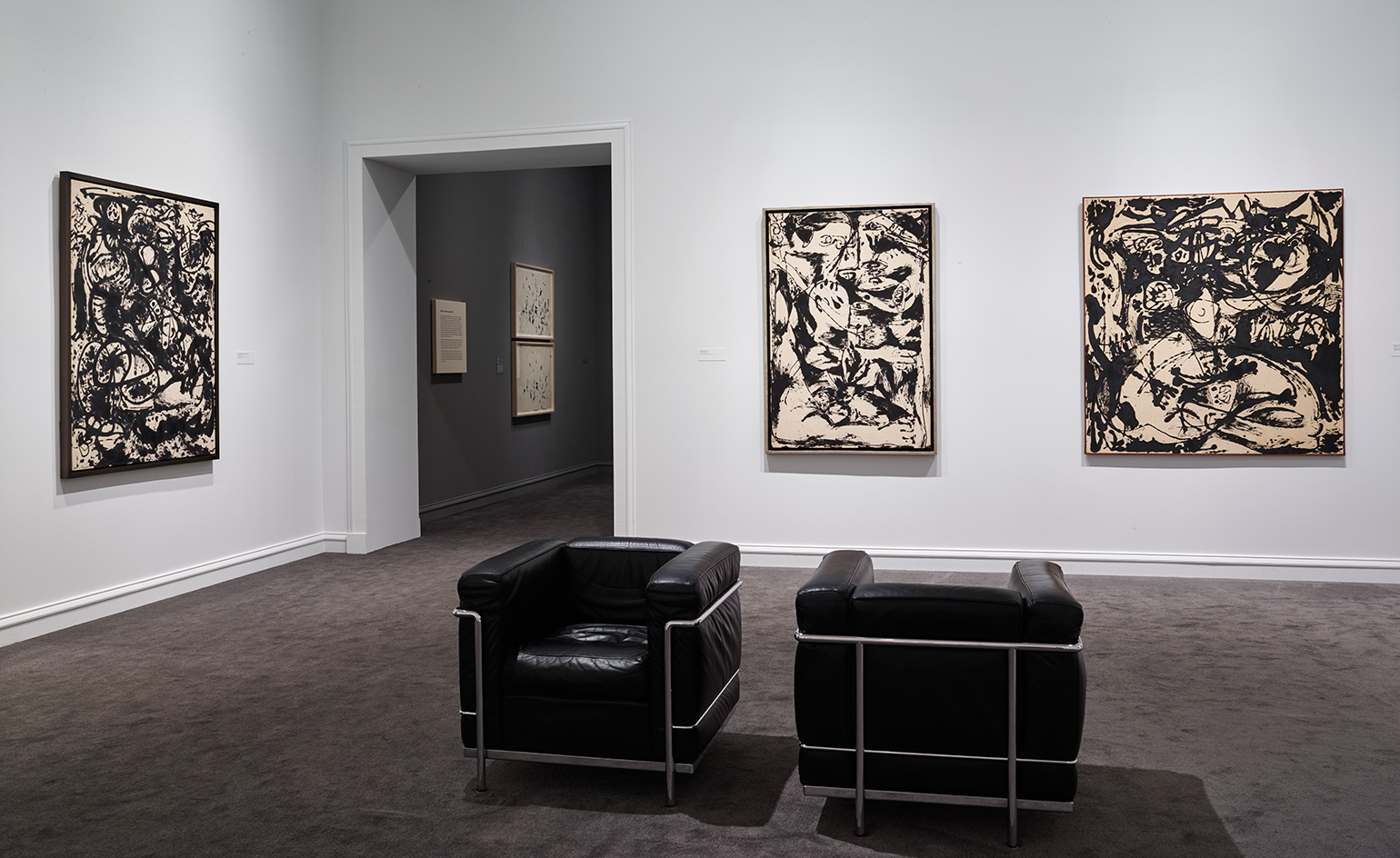
'While several of Jackson Pollock’s contemporaries combined black and white, his black paintings were exceptional in their absolute merging of color and surface, which went over and above what Pollock himself had previously achieved,’ says curator Gavin Delahunty
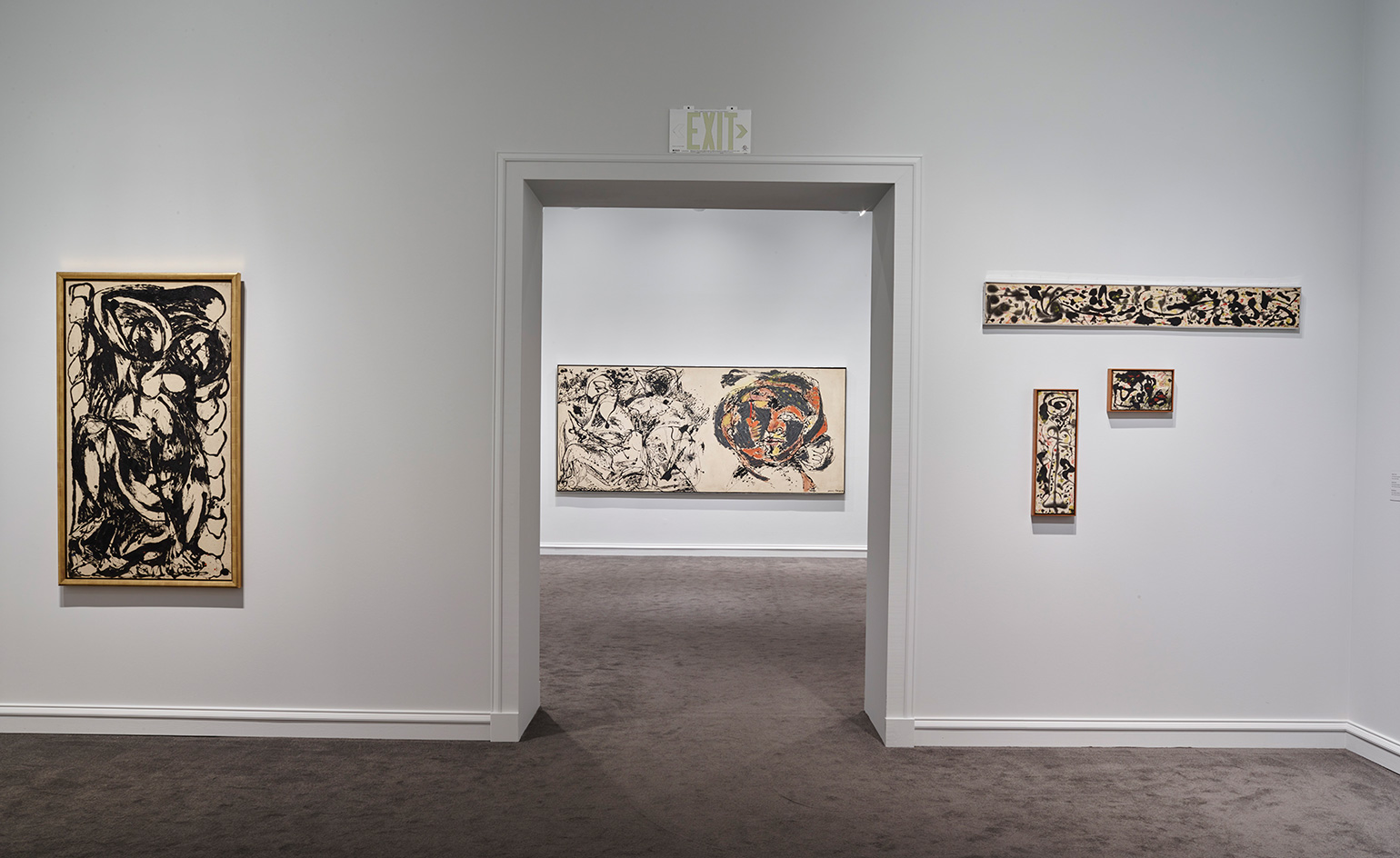
‘As one of the first American museums to acquire Pollock’s work, it only is fitting that the Dallas Museum of Art should present this definitive exhibition of the black paintings, engaging a new generation of audiences with this important and under-examined aspect of the artist’s practice,” Delahunty continues
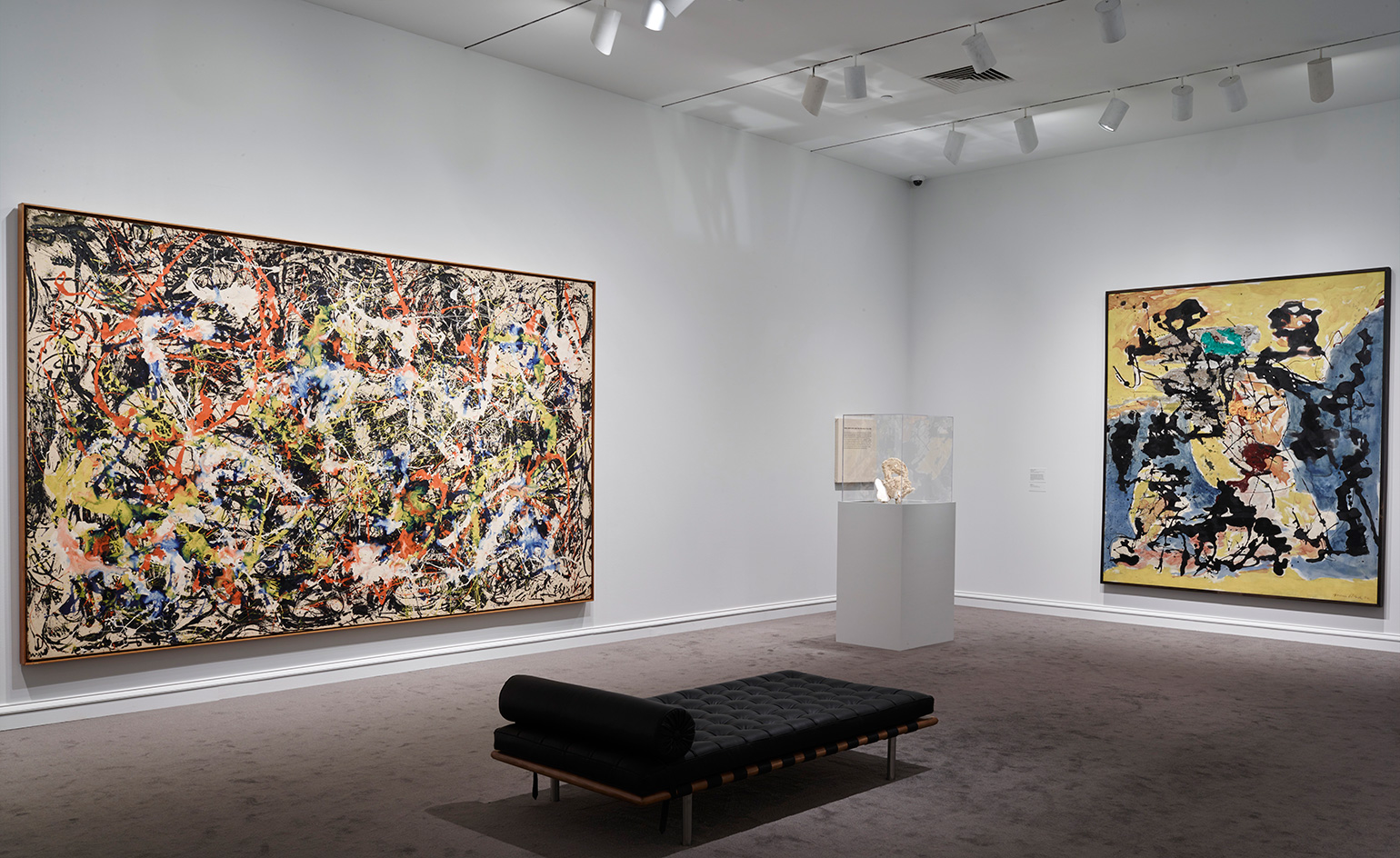
The exhibition is jointly organized with Tate Liverpool, where Delahunty previously served as Head of Exhibitions and Displays. Tate Liverpool presented a smaller version of the exhibition in June
INFORMATION
WebsiteJackson Pollock: Blind Spots is now on view until 20 March 2016
Receive our daily digest of inspiration, escapism and design stories from around the world direct to your inbox.
ADDRESS
Dallas Museum of Art
1717 N Harwood Street
Dallas, Texas
Pei-Ru Keh is a former US Editor at Wallpaper*. Born and raised in Singapore, she has been a New Yorker since 2013. Pei-Ru held various titles at Wallpaper* between 2007 and 2023. She reports on design, tech, art, architecture, fashion, beauty and lifestyle happenings in the United States, both in print and digitally. Pei-Ru took a key role in championing diversity and representation within Wallpaper's content pillars, actively seeking out stories that reflect a wide range of perspectives. She lives in Brooklyn with her husband and two children, and is currently learning how to drive.
-
 New tech dedicated to home health, personal wellness and mapping your metrics
New tech dedicated to home health, personal wellness and mapping your metricsWe round up the latest offerings in the smart health scene, from trackers for every conceivable metric from sugar to sleep, through to therapeutic furniture and ultra intelligent toothbrushes
-
 Out of office: The Wallpaper* editors’ picks of the week
Out of office: The Wallpaper* editors’ picks of the week'Tis the season for eating and drinking, and the Wallpaper* team embraced it wholeheartedly this week. Elsewhere: the best spot in Milan for clothing repairs and outdoor swimming in December
-
 How Stephen Burks Man Made is bringing the story of a centuries-old African textile to an entirely new audience
How Stephen Burks Man Made is bringing the story of a centuries-old African textile to an entirely new audienceAfter researching the time-honoured craft of Kuba cloth, designers Stephen Burks and Malika Leiper have teamed up with Italian company Alpi on a dynamic new product
-
 Out of office: what the Wallpaper* editors have been up to this week
Out of office: what the Wallpaper* editors have been up to this weekThis week saw the Wallpaper* team jet-setting to Jordan and New York; those of us left in London had to make do with being transported via the power of music at rooftop bars, live sets and hologram performances
-
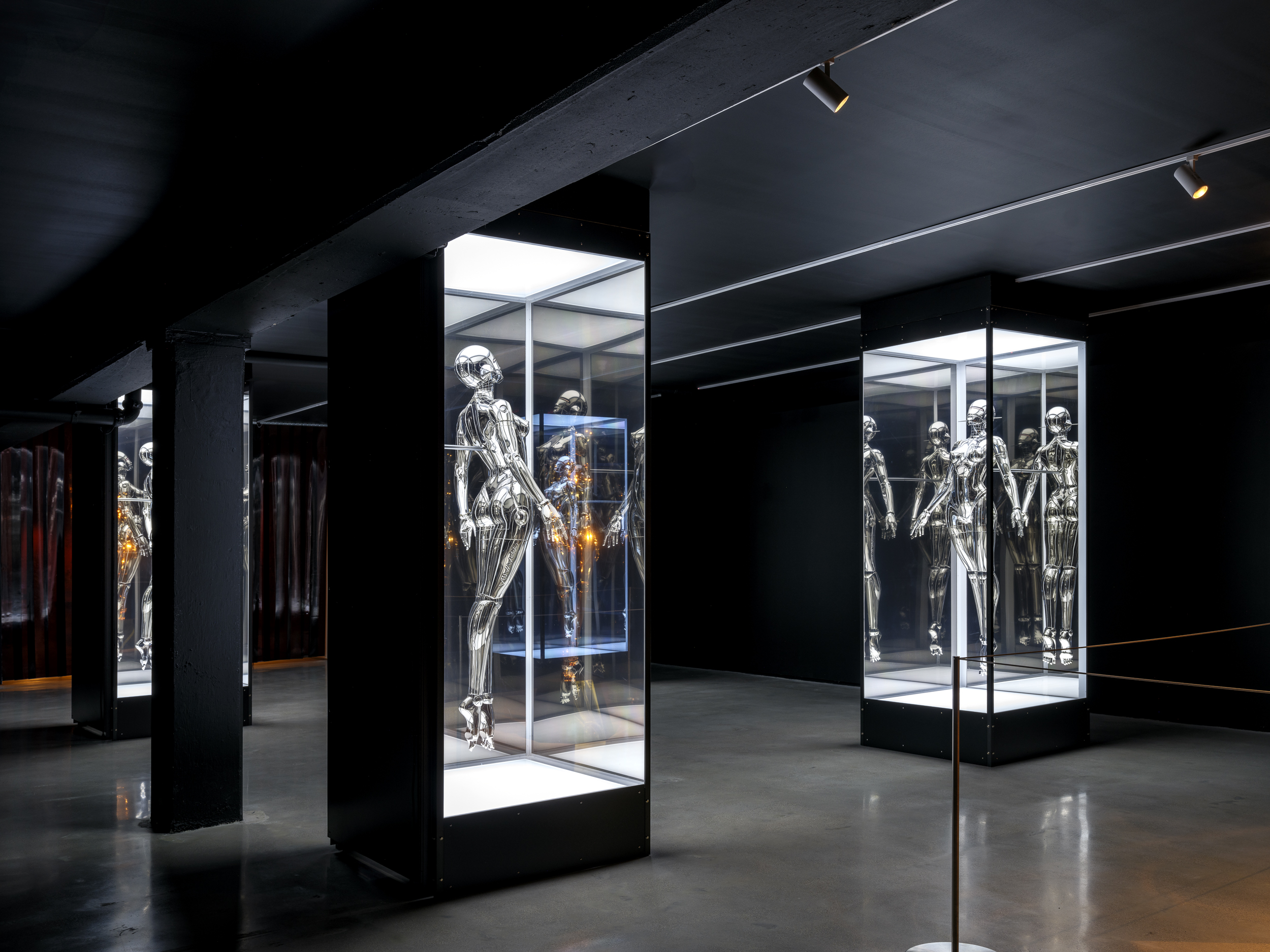 Miami’s new Museum of Sex is a beacon of open discourse
Miami’s new Museum of Sex is a beacon of open discourseThe Miami outpost of the cult New York destination opened last year, and continues its legacy of presenting and celebrating human sexuality
-
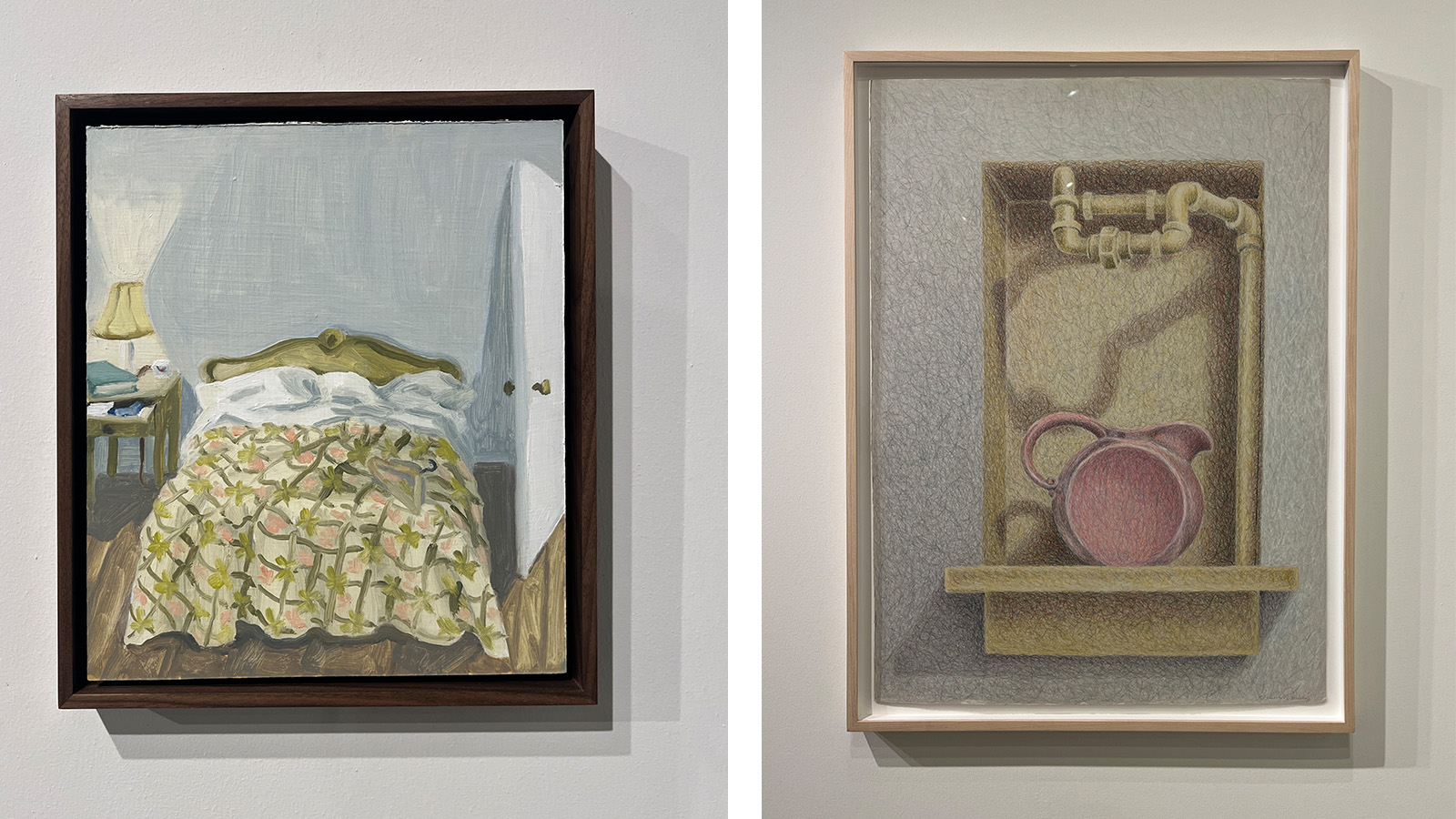 Dallas Art Fair 2024: what to see
Dallas Art Fair 2024: what to seeThe Dallas Art Fair celebrates galleries in the U.S Southwest. This year artists share a penchant for wide open spaces and a focus on the natural world. Here are our highlights
-
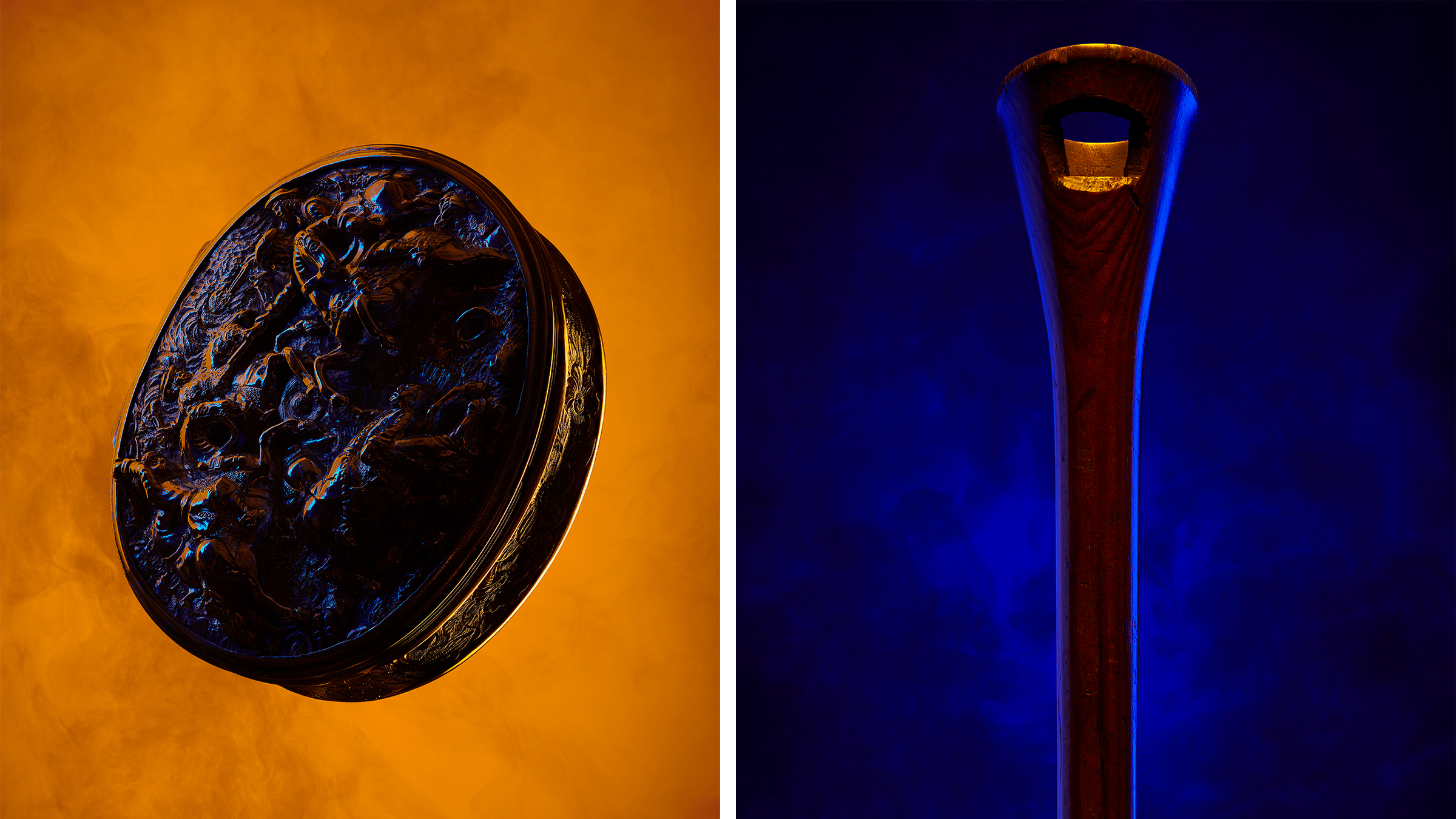 Royal College of Physicians Museum presents its archives in a glowing new light
Royal College of Physicians Museum presents its archives in a glowing new lightLondon photography exhibition ‘Unfamiliar’, at the Royal College of Physicians Museum (23 January – 28 July 2023), presents clinical tools as you’ve never seen them before
-
 Museum of Sex to open Miami outpost in spring 2023
Museum of Sex to open Miami outpost in spring 2023The Museum of Sex will expand with a new Miami outpost in spring 2023, housed in a former warehouse reimagined by Snøhetta and inaugurated with an exhibition by Hajime Sorayama
-
 In Dallas, Nasher Prize Dialogues will explore sculpture’s new frontiers
In Dallas, Nasher Prize Dialogues will explore sculpture’s new frontiersInspired by 2022 Nasher Prize winner Nairy Baghramian, the latest talk in this international discussion programme – ‘The Uncanny Politics of Objects’, 2 April 2022 – takes a boundary-breaking turn with a panel spanning art, architecture and design
-
 Jenny Holzer curates Louise Bourgeois: ‘She was infinite’
Jenny Holzer curates Louise Bourgeois: ‘She was infinite’The inimitable work of Louise Bourgeois is seen through the eyes of Jenny Holzer in this potent meeting of minds at Kunstmuseum Basel
-
 ‘A Show About Nothing’: group exhibition in Hangzhou celebrates emptiness
‘A Show About Nothing’: group exhibition in Hangzhou celebrates emptinessThe inaugural exhibition at new Hangzhou cultural centre By Art Matters explores ‘nothingness’ through 30 local and international artists, including Maurizio Cattelan, Ghislaine Leung, Hiroshi Sugimoto, Liu Guoqiang and Yoko Ono